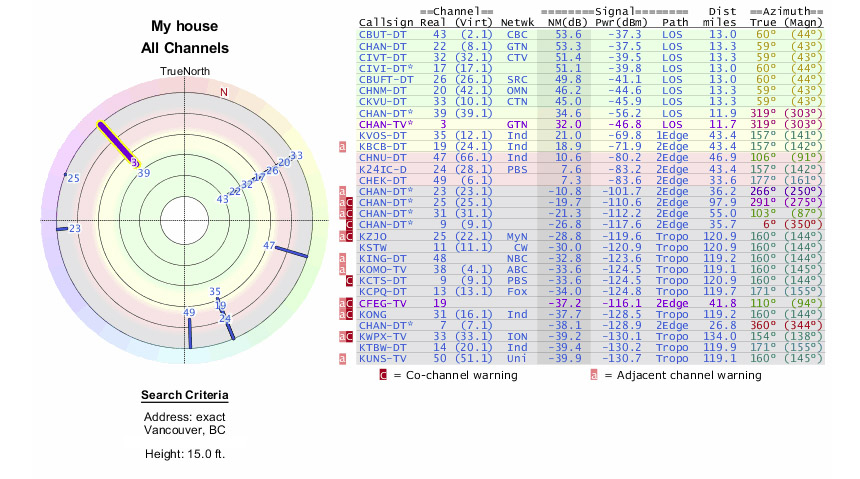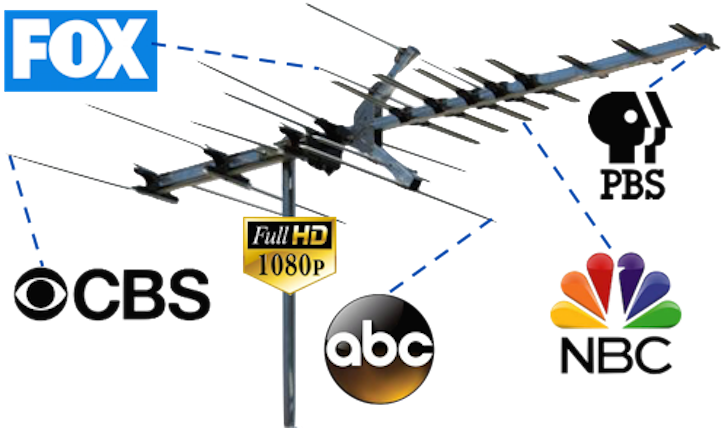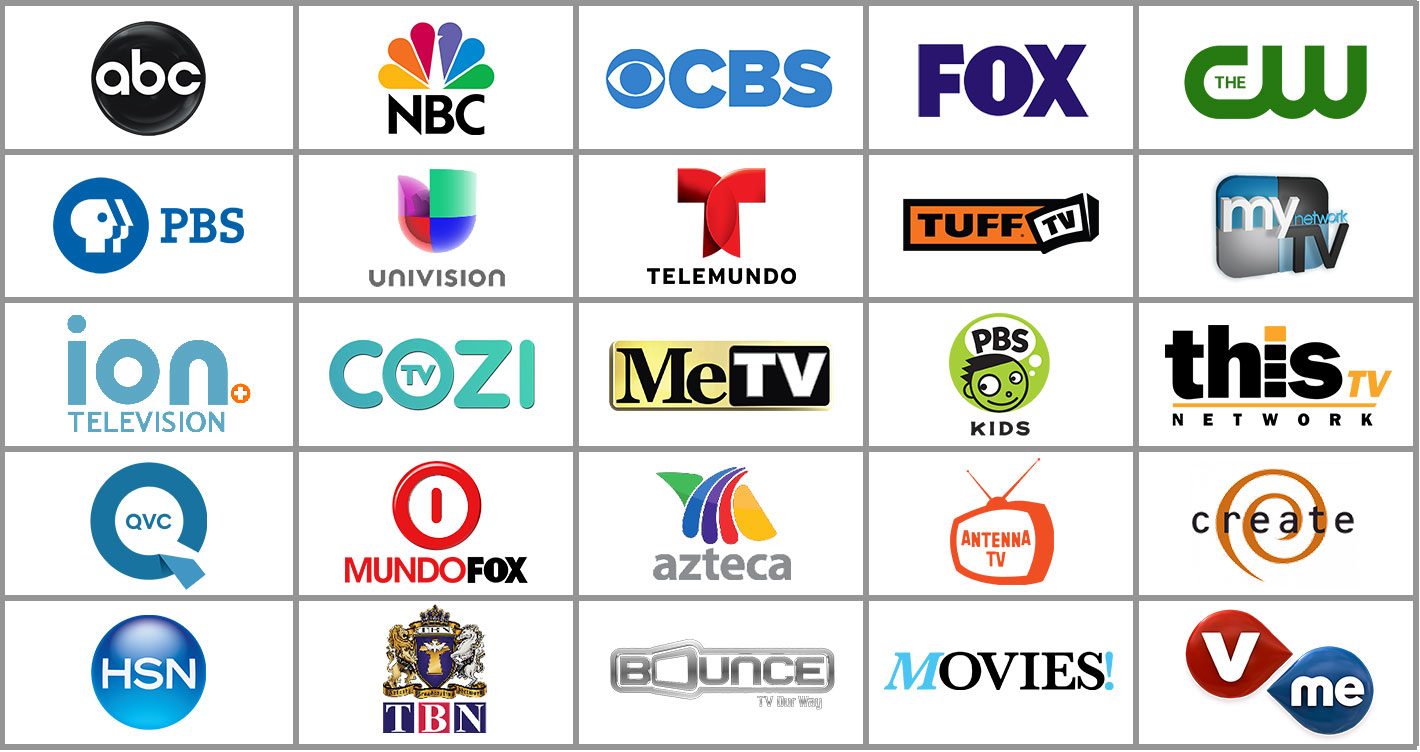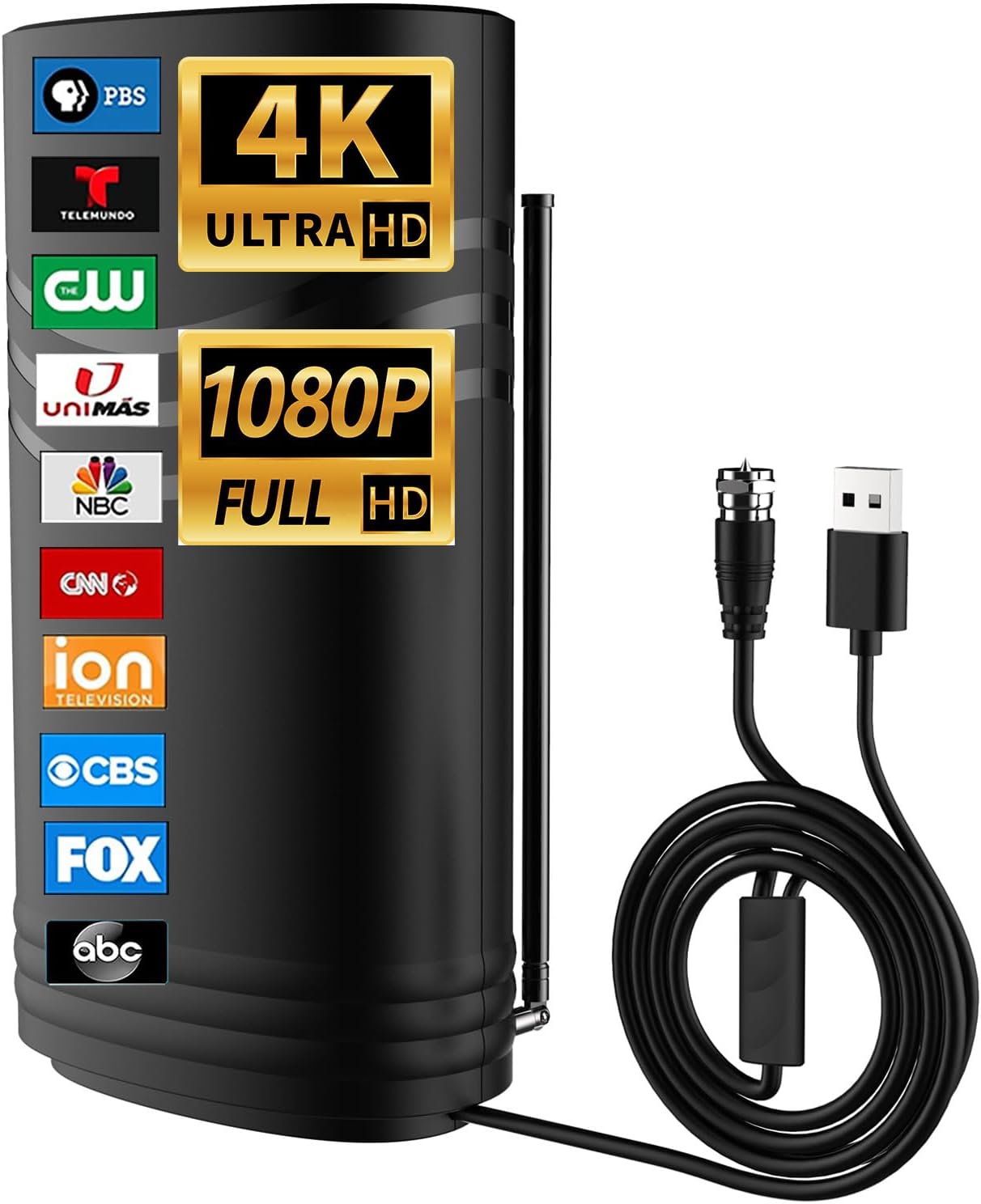What Channels Will I Get With A Digital Antenna

In an era of streaming services and cable packages, many are rediscovering a classic, cost-effective way to access local television: the digital antenna. But what exactly can you expect to receive with one of these devices? The answer, while seemingly simple, is nuanced and depends heavily on your location.
This article breaks down the factors determining channel availability with a digital antenna, providing a clear picture of what over-the-air (OTA) broadcasting offers in the modern age. Understanding these factors can help consumers make informed decisions and potentially cut monthly entertainment costs.
Understanding Over-the-Air Broadcasting
Digital antennas receive signals broadcasted freely over the air by television stations. These signals carry high-definition (HD) content, often exceeding the picture quality of older analog broadcasts. The shift to digital broadcasting in the United States, completed in 2009, paved the way for clearer reception and more channels.
Key Factors Influencing Channel Reception
Several factors play a critical role in determining which channels you can receive with a digital antenna. These include your location relative to broadcast towers, the type of antenna you use, and any obstructions in the signal path.
Location, Location, Location: Proximity to broadcast towers is paramount. Those living in urban areas or close to cities generally have access to a wider range of channels.
Conversely, those in rural areas may find themselves limited to fewer stations, or requiring a more powerful antenna.
Antenna type is also a major determinant. Indoor antennas are convenient and suitable for those living close to broadcast towers. Outdoor antennas, often mounted on roofs or in attics, offer significantly improved range and signal strength, particularly in areas with weaker signals.
The Federal Communications Commission (FCC) provides resources, including online mapping tools, to help consumers determine the location of broadcast towers in their area.
Obstructions such as buildings, trees, and hills can interfere with signal reception. Experimenting with antenna placement is often necessary to find the optimal position for receiving the strongest signals.
Common Channels Available
Generally, a digital antenna will provide access to the major network affiliates in your area. This typically includes ABC, CBS, NBC, Fox, PBS, and The CW.
Many stations also broadcast subchannels, offering additional content like classic television shows, movies, news, and educational programming. The availability of subchannels varies by market.
For example, a local PBS affiliate might offer separate channels for children's programming, educational content, and local interest programs.
"The number of channels received can range from a handful to dozens, depending on signal strength and the availability of subchannels," explains David Smith, a broadcast engineer with over 20 years of experience.
Using Online Resources
Several websites and apps can help you estimate the channels you might receive with a digital antenna in your specific location. These tools typically ask for your zip code and provide a list of available channels, along with signal strength estimations.
Websites like AntennaWeb and TVFool are popular resources for assessing channel availability. Keep in mind that these are estimates, and actual results may vary depending on your specific setup.
It’s recommended to use these tools as a starting point, but be prepared to experiment with antenna placement and orientation to optimize reception.
Impact on Consumers
The resurgence of digital antennas provides consumers with a free alternative to cable and streaming subscriptions. This can lead to significant cost savings, particularly for those who primarily watch local news, sports, and network television.
For budget-conscious consumers, a digital antenna paired with a streaming service that offers on-demand content can be a cost-effective entertainment solution. The initial investment in an antenna is typically a one-time expense, unlike recurring monthly fees for cable or satellite.
Moreover, digital antennas offer reliable access to local news and emergency broadcasts, particularly important during severe weather events or other emergencies.
Human Interest Angle
Maria Rodriguez, a retired teacher in Austin, Texas, decided to cut the cord and switch to a digital antenna. "I was paying over $100 a month for cable, and I realized I was only watching a few local channels," she says. "Now, I get all the major networks in HD for free, and I use the savings to subscribe to a streaming service for movies and shows."
This has allowed her to save money and customize her entertainment options.
Conclusion
The channels you'll receive with a digital antenna depend heavily on your location, the type of antenna you use, and potential obstructions. While it might require some initial research and experimentation, the potential for free access to local television, along with the potential savings, makes it a worthwhile option for many consumers.
By utilizing online resources and understanding the factors that influence reception, individuals can make informed decisions about whether a digital antenna is right for them and enjoy the benefits of over-the-air broadcasting.

![What Channels Will I Get With A Digital Antenna [View 36+] Tv Guide Antenna Tv Channel List](https://www.airtv.net/local-channels/images/OTA_diagram.jpg)
















